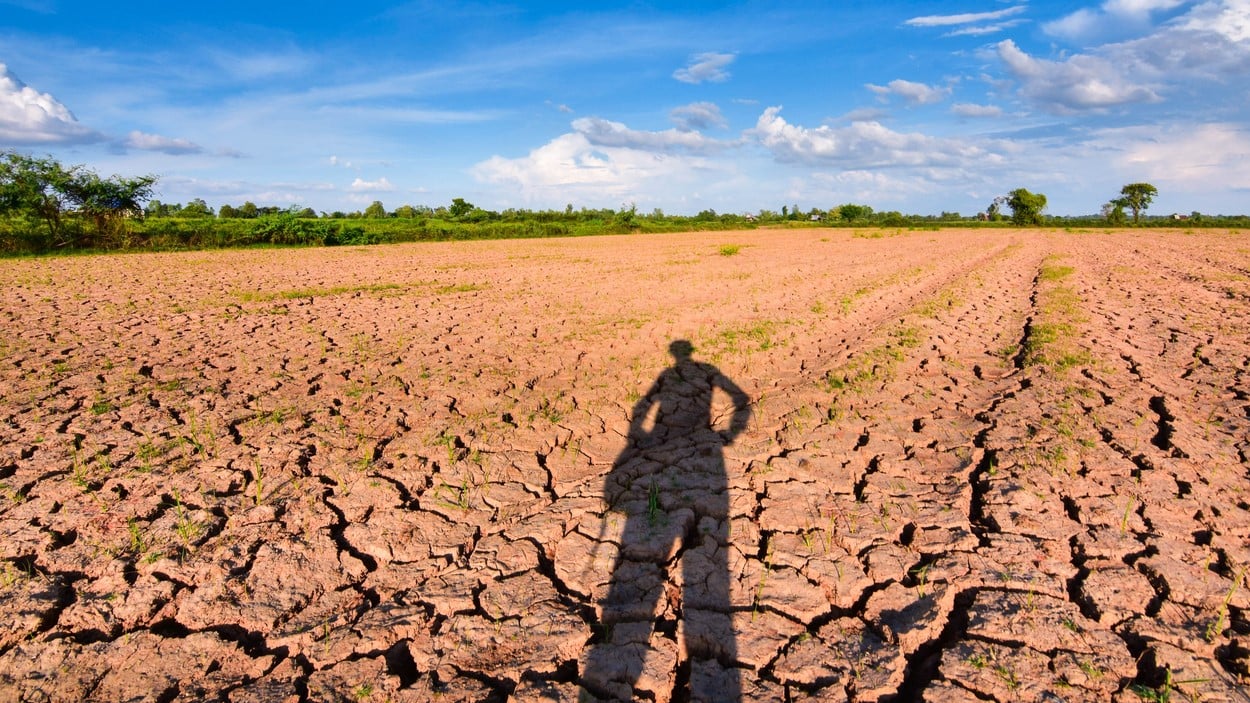The 4 Biggest Food Safety Infrastructure Challenges
Instability has been unfortunately persistent in the 2020s thus far, with supply chain disruption, a growing prevalence and severity of natural disasters, and outbreaks in international conflicts. Data shows that in the 1980s, there were only 31 events that caused over a billion dollars in damage, but this more than quadrupled to 128 events in the 2010s. In fact, out of the 10 years with the highest number of natural disasters, eight have occurred in the past decade, highlighting their growing frequency and intensity.
Despite these alarming statistics, food and beverage manufacturers, distributors, and other stakeholders throughout the industry are uniquely positioned to protect the global food supply from infrastructure challenges. What’s needed to prepare for crises is a solid, well-thought-out response strategy. Read on to learn how to mitigate food safety infrastructure risks.
The 4 Biggest Threats to Food Safety Infrastructure
Climate change, military conflict, pandemics, and cybersecurity issues are the four biggest threats to global stability and food safety infrastructure. Here’s how each of them could impact the food supply chain and what industry stakeholders can do to mitigate risks:
1. Climate Change and Natural Disasters
Impact on food safety infrastructure: Climate change is dramatically increasing the number and frequency of extreme weather events, causing floods, hurricanes, wildfires, and other disasters that can disrupt food production, transportation, and storage, potentially leading to contamination of food with pathogens or chemicals.
Solutions: Manufacturers should establish robust disaster preparedness and response plans as well as invest in facility upgrades and other protections to help their operations withstand extreme weather conditions. In the event of temperature fluctuations, manufacturers and distributors should enhance their food storage and transportation practices to minimize exposure to extreme environmental conditions.
These precautions will allow manufacturers to continue producing food and beverages and maintain the food supply, even in the face of disaster.
2. Military Conflict and Social Unrest
Impact on food safety infrastructure: Wherever military conflict breaks out, be it from civil war or international tensions, the violence threatens not only the local population but the entire global food supply as well. For example, conflict in Ukraine slowed production of wheat, igniting a global food shortage. Expect disruptions to food production and conditions that make it impossible to maintain food safety standards. In some cases, there may even be an increased risk of malicious adulteration and contamination of the food supply.
Solutions: To protect food safety in conflict zones, manufacturers should improve supply chain transparency to avoid sourcing from conflict-affected areas when possible. For facilities located in a conflict zone, invest in heightened security to protect from intentional contamination.
Taking these measures will shield food supplies from the impact of disruption, as well protect operations from bad actors.
3. Pandemics
Impact on food safety infrastructure: As we saw with COVID-19, massive outbreaks can disrupt food production and distribution by causing labor shortages. In addition, preventing the spread of pathogens can require substantial alterations to existing food safety processes, further slowing down production.
Solutions: Manufacturers can safeguard food safety during pandemics by upgrading food safety, hygiene, and sanitation protocols. They can also develop contingency plans for workforce shortages.
This will ensure food production operations remain intact and able to meet demand to prevent compounding crises with food shortages.
4. Cybersecurity Attacks
Impact on food safety infrastructure: If hackers (such as foreign governments or terrorist groups) decide to target vulnerable food and beverage producers, they can compromise critical systems involved in food processing and distribution, potentially resulting in contamination and serious disruption of the food supply chain.
Solutions: To defend against cybersecurity threats, food and beverage manufacturers should collaborate with cybersecurity experts to assess vulnerabilities and implement best practices, invest in robust cybersecurity measures to protect their data, and establish incident response plans.
Taking steps to prevent cyberattacks in the first place will prevent downtime and lost revenue as well as threats to public health and global food security.
Crisis Management Training: The Key to Securing Food Safety Infrastructure
As the decade unfolds, more threats to food safety infrastructure come to light on a seemingly daily basis. Instability jeopardizes not only public health, but also the availability of food products and economic stability. A well-prepared crisis response plan ensures food manufacturers and relevant authorities can swiftly mitigate risks, maintain food safety standards, and minimize the impact of crises on the food supply.
Developing an effective crisis management plan requires expert help from seasoned professionals well-versed in food safety programming, response strategy, and employee training. That’s where AIB International comes in — with over a century of experience training company leadership and frontline workers alike, our team can help any organization avoid the dangers of failing food safety infrastructure and maintain a safer, healthier future for all. Learn more about our crisis management course here.


